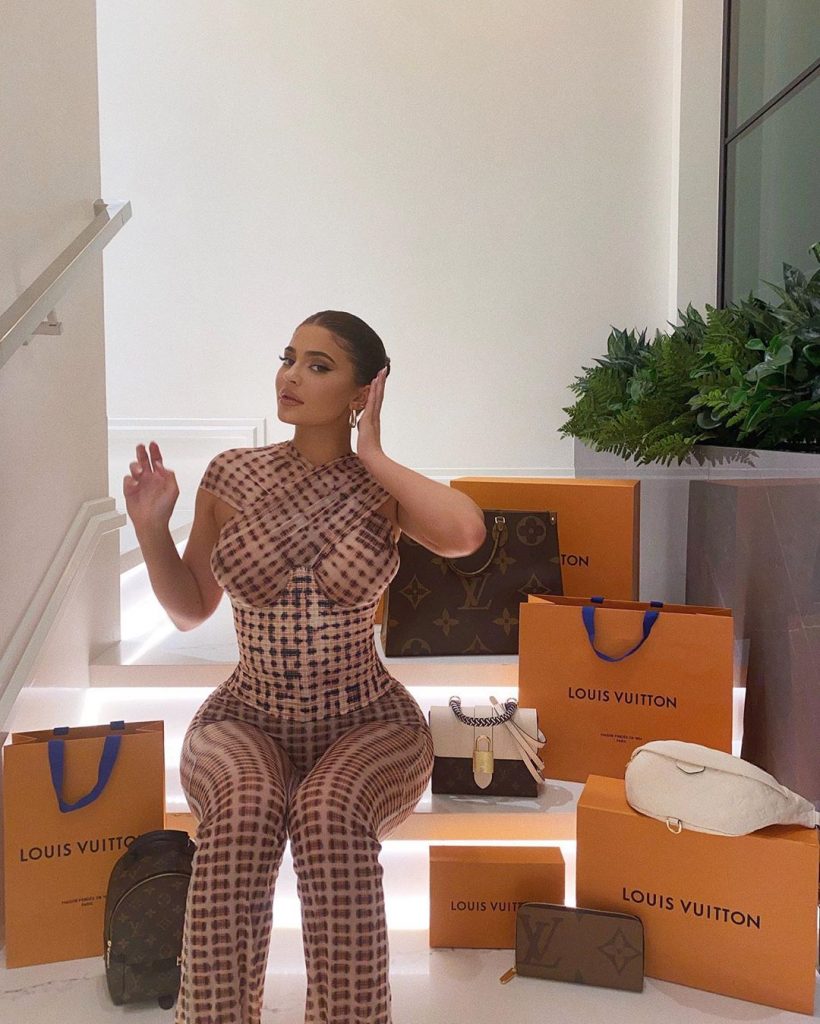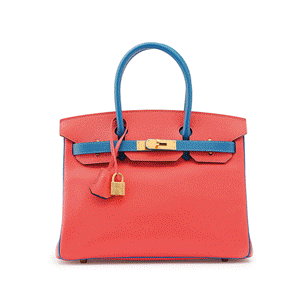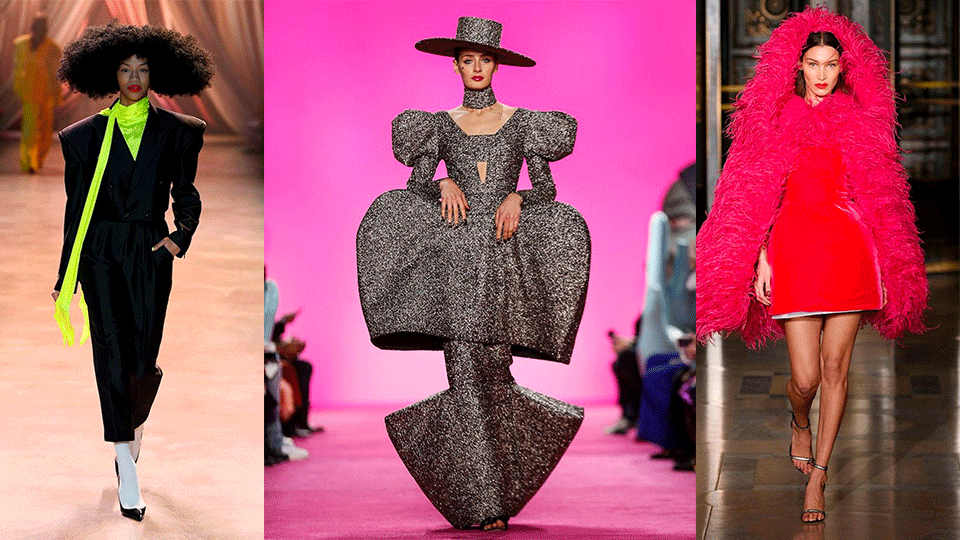- À New Wave to Fashion, À New Way of Living. Download Now on iOS Android Canada SS22
- hello@alahausse.ca
What brand loyalty looks like in 2021: how brands need to step it up to ensure repeat customers

The Fashion Rental Take-Over: Will the fashion rental model be mass adopted?
August 11, 2021
Nanotechnology in Clothing
August 13, 2021
Written by: Danté Lusson

What is that one thing that turned you into a loyal customer? Maybe it was great customer service, or free returns. Maybe you just love the product and you have never found something that remotely compares. With the rise of online shopping and one day shipping, brands are focusing on what customers want: fast, convenient, and seamless transactions. Brand loyalty is as important for the brand as it is for the customer, and its value is only becoming stronger as companies continuously come up with innovative ways to provide prime customer service.
The Importance of Brand Loyalty
Brand loyalty is “the positive association consumers attach to a particular product or brand”. It can be difficult to try out new products from a company you have never shopped with and the experience you are provided with can make or break the experience. Focused efforts on customer service will increase the market value of a brand from 4-8% above their market. Loyal customers will continue to return and additionally they are more likely to recommend a brand they trust to others.
The Apple Example
Apple is probably one of the most obvious examples of doing brand loyalty right, which is at an all time high of 92%. They have incorporated an emphasis on customer service and experience into all parts of their business model, ensuring that they are creating lifelong relationships. In an exploration of the success of Apple’s brand loyalty, here are eight factors that display how they continue to remain successful.
1. A focus on relieving purchase anxiety
Apple provides support with all of their products purchased, removing the anxiety of purchasing an ill performing product. Offering a 1 year warranty on all products, with support for repairs and replacements is what Apple is known for.
2. An obsessively high attention to details
This is really focused on the products themselves. Apple goes out of their way to create products unlike anything else on the market and consumers love that about them. The box you get your products in is a part of the Apple experience.
3. A focus on employee satisfaction
Beyond keeping their customers happy, Apple has placed an emphasis on maintaining employee satisfaction which will internally result in higher sales.
4. Unique Customer Experience
Customer experience has bypassed price and product when it comes to brand differentiation in the market. Convenience and personalization are at the forefront of what Apple offers to their customers.
5. A clear understanding of the power of simplicity
Consumers value simple and fast brand engagement. The Apple ID is a way for customers to keep all of their information on different products, removing the drag of having to sign in each time (fast and simple!).
6. A brand built on innovation
Of course the true selling point of Apple is still their products. If you are a part of the Apple cult you most likely have more than one of their electronics. Innovations like the Airpods are what make customers excited every time they announce a new product is hitting the shelves.
7. Continued improvement of customer satisfaction
Apple uses the ‘Net Promoter Score’ so that customers can provide feedback of their experiences. This allows for Apple to listen and respond directly to customer concerns.

8. Focus on customer value, not money
Customer-centric companies are 60% more profitable than their competitors who do not focus on their customers. There is a reason Apple currently holds more than 40% of the US smartphone market, and this is all thanks to customer loyalty!

Luxury Loyalty
Most luxury fashion brands have branded themselves in a way that makes them unattainable. While most brands want as many customers as possible, luxury brands rely on this idea of exclusivity. The symbolic value of having a designer product is what people are paying for when they pay the price tag of luxury goods. Hermès is famous for this with their Birkin bags. Even enough to result in a book “Bringing home the Birkin: My Life in Hot Pursuit of the World’s Most Coveted Handbag” where author Michael Tonello brings readers on his journey of finding his own Birkin bag. These strategies are limited to luxury brands as consumers are willing to comply with ‘rules’ like this if it means getting the products they want.
Some luxury brands are choosing a different route, such as Gucci who just recently created a digital experience for customers in the Roblox world. The game, as well as the Gucci Gardens experience are free for anyone to explore, breaking down these barriers of access created by luxury brands.
The Returning Customer
There are different ways that brands can provide memorable customer experiences. A popular example is Loyalty programmers where customers are rewarded for being returning customers. Customers are 70% more likely to return to a brand if they have a good loyalty program to offer. H&M has used this method to their advantage by combining sustainability and rewards for their customers. Their ‘conscious points’ system gives shoppers opportunities to collect points by completing actions such as recycling used clothing or shopping with a reusable bag. Additional points can be gathered by shopping and reviewing products. Points gathered can be transformed into bonus vouchers that can be redeemed when shopping at H&M. Reward members also receive early access to events and collections, free shipping, and even surprise birthday offers. Customers are doing good and H&M is gaining lifelong customers: win-win!
At the end of the day, we all want to feel heard and seen by our favourite brands. Brand loyalty is a two way street, and it requires effort from both the brand and the customer. Trying a new brand can be scary, but finding a brand that you want to support for the rest of your life is a great feeling.
Via ÀLA.HAUSSE‘s Multi-functional and Multi-purposeful Fashion Ecosystem- BUY/SELL/RENT/LEND/ (swap BETA 2021) mobile application, INDIVIDUALS & brands (BETA 2021) are encouraged to REBUY, RESELL, REUSE and UP-CYCLE their personal “Closets” aka Clothing Assets, along with overstock inventory and samples. Through this consumerism habit shift we indirectly slow down the urgency on fashion’s carbon footprint, aiding sustainability as a whole.
BETA Early Access Application Now Opens SS21 iOS Android
with Stories on www.alahausse.ca
#ALAHAUSSE #WEARYOURPURPOSE #HAUSSEPEOPLE
References:
- https://www.investopedia.com/terms/b/brand-loyalty.asp
- https://www.smallbizgenius.net/by-the-numbers/customer-loyalty-statistics/#gref
- https://www.retently.com/blog/apple-nps/
- https://www.zinrelo.com/top-5-loyalty-programs-in-the-fashion-industry.html
- https://martinroll.com/resources/articles/strategy/five-steps-to-build-a-luxury-brand/



